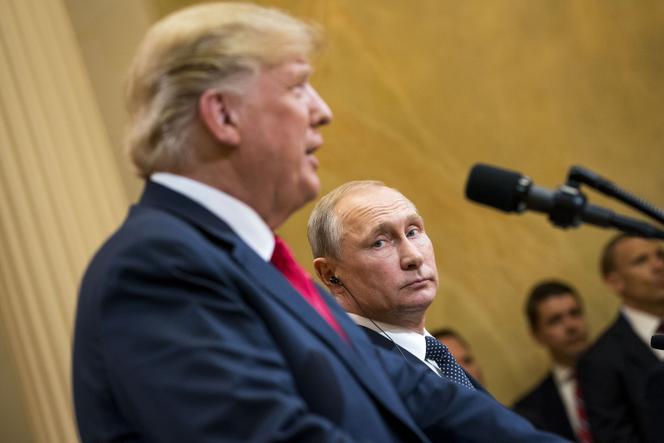


In diplomacy, choreography is never an afterthought. It allows the staging of power relations. The way Donald Trump seized on the war in Ukraine on Wednesday, February 12, is fraught with meaning: He's approaching it as a bilateral issue with Moscow, whose sole purpose is peace, however fragile.
The American president had previously refused to comment on his telephone conversations with Vladimir Putin since the transition period. This time, he detailed their morning exchange in a post on his Truth Social network. Only afterward did Trump call Ukrainian president Volodymyr Zelensky. Washington thus declared open the peace negotiations, which had already been at the heart of confidential exchanges for weeks.
The conversation between Trump and Putin lasted around 90 minutes, according to the Kremlin. It was the first bilateral contact at this level since the Russian invasion of Ukraine in February 2022. President Putin mentioned several topics that were discussed: Ukraine, but also the Middle East, artificial intelligence, energy, the "power of the dollar." He also inevitably identified his counterpart's vanity as a vulnerability: "President Putin even used my very strong Campaign motto of, 'COMMON SENSE.' We both believe very strongly in it," enthused the American president. The two leaders agreed to "work together, very closely," including by visiting each other's countries, wrote Trump on Truth Social. In the afternoon, the American president revealed that he might meet his Russian counterpart in Saudi Arabia at an unknown date.
You have 79.27% of this article left to read. The rest is for subscribers only.
